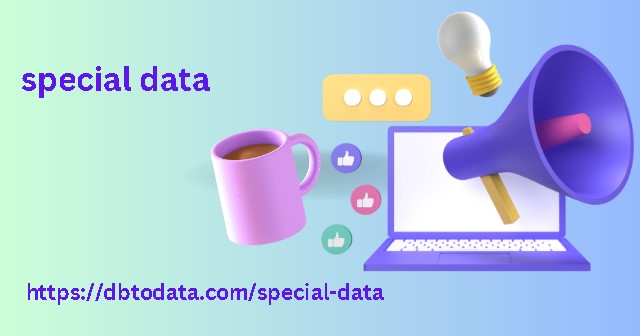Thus, the “final” version (not definitive, as changes and improvements are being seen) of Google Analytics 4 would be releas in 2020, much more align with the current state of and a large part of the interactions carri out by users.
The surprise (although not so much for everyone) came
When Google announc that, in 2023, Universal Analytics would stop collecting data (the free version in July and the paid version in October). So, although UA continu to be active with its data history for the next 6 months, analysts had to rush to learn about the new tool, as well as migrate their data as best they could to GA4.
The truth is that, even today
Our consultants (who had been preparing thoroughly for the change, learning about the new tool) have seen that many measurement projects cling 99 acres database to the old model, missing out on the benefits of the new tool.
In fact, many opponents of change have preferr
To move to other tools that perpetuate the data model bas on sessions and page views, and those who had start with Universal Analytics digital analytics have suddenly found themselves facing a completely different landscape than the 14 tips to optimize your online store’s conversion rate one they had just enter.
In what follows, we therefore want
To sh some light on the changes, justifying the improvements, both to dispel any doubts that may persist regarding the differences between the tools, and to encourage new analysts to understand GA4 and motivate them to continue advancing in their learning process.
10 differences between Universal Analytics and GA4
As we have mention, Google’s analytics tool is no longer the same. Not only has the platform undergone obvious UX changes, but the measurement model is different and has been design to measure across devices. Websites of all types and formats.
Mobile apps (Android and iOS)Mobile games
Therefore, elements that are well-establish in the day-to-day work of analysts, or that have just become familiar with the old model, have chang in a usa data relatively short time. Unless you had start experimenting with the Web+App properties of the now old UA and/or you were not a denier of GA4 and its model, you should become familiar with these differences.

